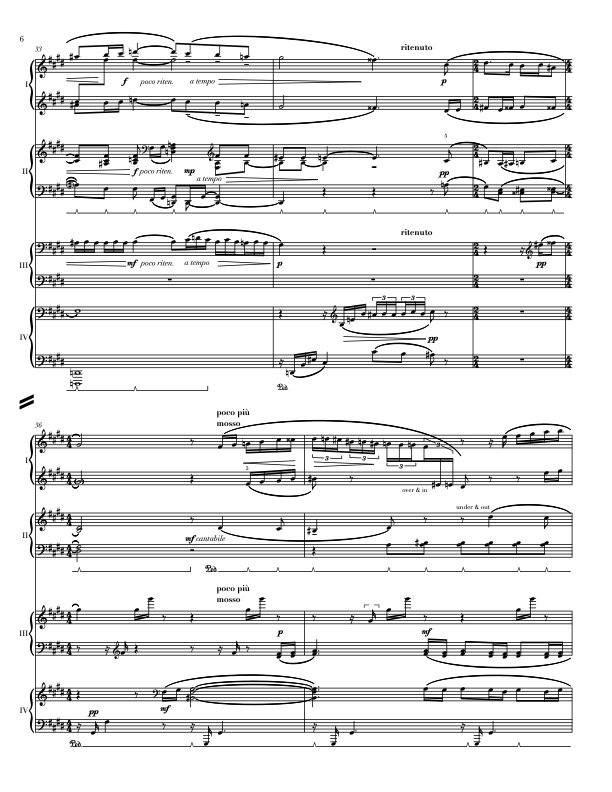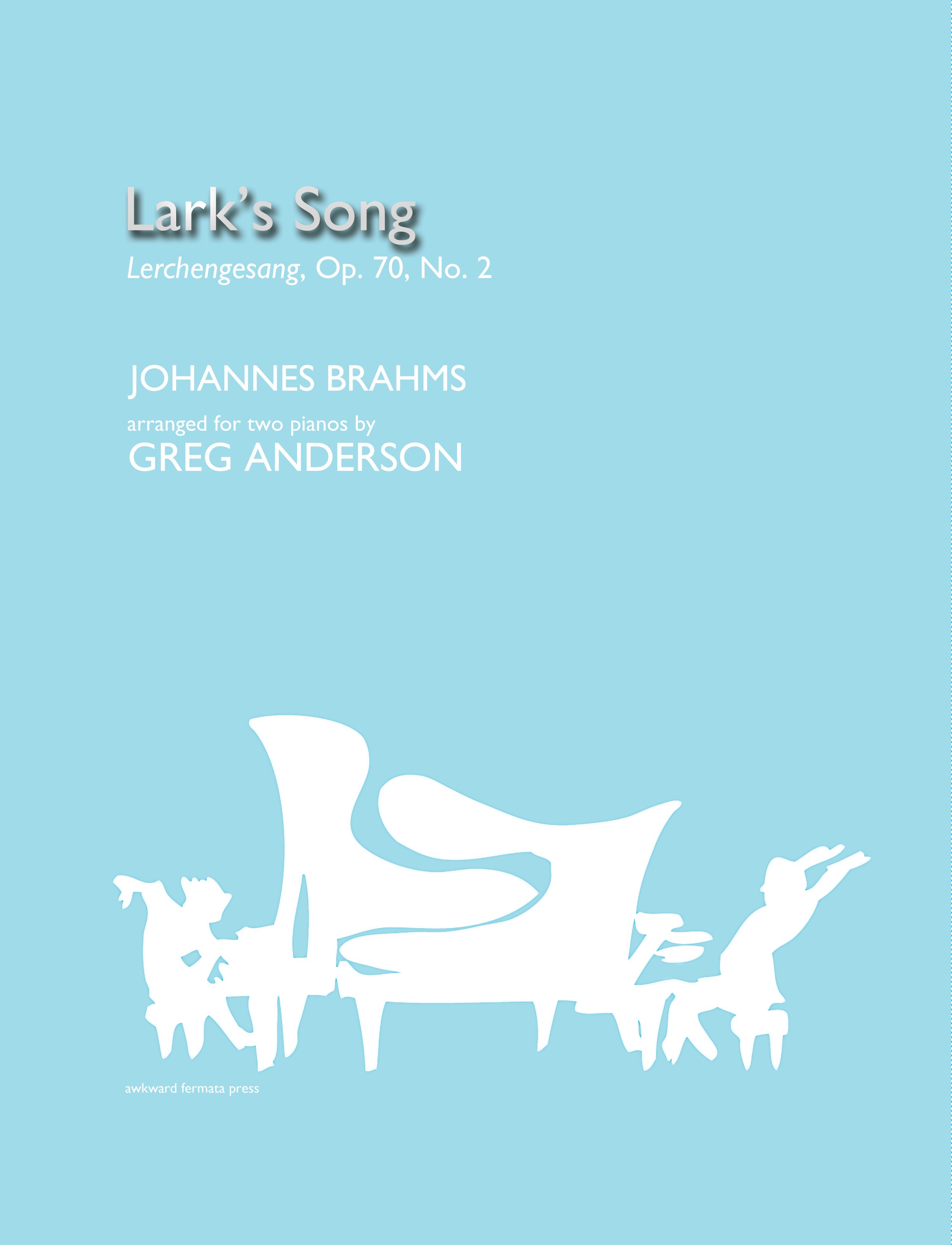 Image 1 of 4
Image 1 of 4

 Image 2 of 4
Image 2 of 4

 Image 3 of 4
Image 3 of 4

 Image 4 of 4
Image 4 of 4





Vocalise (2 pianos, 8 hands)
by Sergei Rachmaninoff
arranged for 2 pianos, 8 hands by Greg Anderson
intermediate-advanced
by Sergei Rachmaninoff
arranged for 2 pianos, 8 hands by Greg Anderson
intermediate-advanced
by Sergei Rachmaninoff
arranged for 2 pianos, 8 hands by Greg Anderson
intermediate-advanced
Details
“Vocalise,” Op. 34, No. 14 by Sergei Rachmaninoff, arranged for two pianos, eight hands by Greg Anderson / Includes full score and two parts (Pianos 1 & 2) / Difficulty: Intermediate-advanced / Duration: 7 mins / Copyright: 2009, 2022 / Work number: 039.2
Program Notes
Composed for voice and piano and sung entirely on a single vowel of the performer’s choosing, Rachmaninoff’s Vocalise does away with words altogether—yet it speaks volumes. Devoid of illustrative lyrics, the piece invites deeply personal interpretation while achieving a universal resonance: to quote critic Richard Wright, “As a metaphor for nostalgia, homesickness, and erotic yearning, nothing says it better.”
The absence of text and the radiance of the melody have made Vocalise an enduring favorite for transcription, inspiring arrangements for orchestra, chamber ensembles, choirs, and a wide range of solo instruments. In this arrangement for two pianos, eight hands, Greg pays tribute both to Rachmaninoff’s indelible pianistic writing and the work’s emotional intimacy and passion.
— Greg Anderson & Elizabeth Joy Roe
Performance Notes
Pedaling: To prevent potential pedaling complications, I've occasionally asked the primo and secondo pianists to swap the management of the pedal. Similarly, I've included pedal markings in places when the pedaling might not instinctively align with the pianists’ own part. These are merely recommendations.
Fingerings: I've included helpful fingerings, mostly to prevent collisions between the primo and secondo pianists. There are also a few minimal but necessary hand crossings between the pianists accompanied by suggested directives, “over & in” or “under & out.”
Timing: Rachmaninoff’s “Vocalise” is often performed with generous use of rubato, something which can be challenging to pull off successfully with four pianists seated at two pianos. Throughout, I limited the number of pianists playing during especially sensitive moments to help reduce issues of synchronization (such as the opening or measures 11, 34, or 61). In these instances, it is my hope that one of the pianists can luxuriate freely while the others follow.
— Greg Anderson











